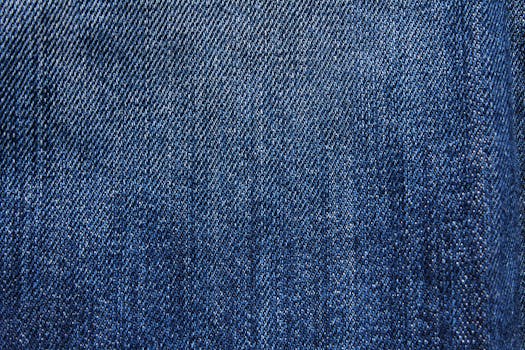
Fiber Futures: Innovations and Trends in Africa’s Textile Industry – Fiber Optics & Connectivity
Fiber Futures: Innovations and Trends in Africa’s Textile Industry is a growing sector that is being driven by innovations and trends. The African textile industry is experiencing a resurgence, driven by government initiatives, investments in infrastructure, and a growing demand for locally-made products. In this article, we will explore the latest innovations and trends in Africa’s textile industry, from sustainable materials to digital printing technologies.
Introduction to Africa’s Textile Industry

Africa’s textile industry has a long history, dating back to the 19th century when European colonizers introduced textile manufacturing to the continent. However, the industry declined in the mid-20th century due to a combination of factors, including lack of investment, poor infrastructure, and competition from cheap imported textiles. In recent years, however, there has been a renewed interest in the textile industry, driven by government initiatives and investments in infrastructure.
Sustainable Materials and Practices

One of the major trends in Africa’s textile industry is the use of sustainable materials and practices. With the growing awareness of the environmental impact of the textile industry, many manufacturers are turning to sustainable materials such as organic cotton, recycled polyester, and plant-based dyes. Additionally, there is a growing interest in sustainable practices such as zero-waste design, upcycling, and recycling.
Digital Printing Technologies

Digital printing technologies are also becoming increasingly popular in Africa’s textile industry. Digital printing allows for faster production times, reduced waste, and increased flexibility in design. Many manufacturers are investing in digital printing machines, which are capable of producing high-quality prints on a variety of fabrics. This technology is particularly useful for small-scale manufacturers who want to produce small batches of customized fabrics.
E-commerce and Online Marketplaces

The rise of e-commerce and online marketplaces is also having a significant impact on Africa’s textile industry. Many manufacturers are now selling their products online, either through their own websites or through online marketplaces such as Jumia and Konga. This has opened up new opportunities for manufacturers to reach a wider market and has also created new opportunities for entrepreneurs who want to start their own online businesses.
Conclusion

In conclusion, Africa’s textile industry is experiencing a resurgence, driven by innovations and trends such as sustainable materials, digital printing technologies, and e-commerce. As the industry continues to grow and evolve, it is likely that we will see new and exciting developments in the future. Whether you are a manufacturer, entrepreneur, or simply someone who is interested in the textile industry, it is an exciting time to be involved in this sector.
See more:





